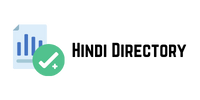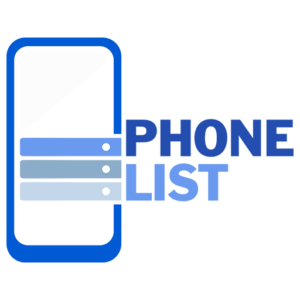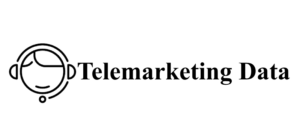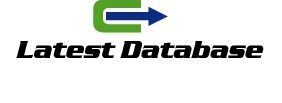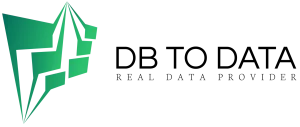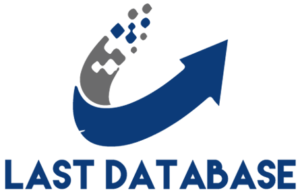Design isn’t just about singapore whatsapp number data
aesthetics. It’s a tool you can use to shape a reader’s experience. Most people scan their email messages, but you can use design to strategically highlight enticing information and earn your reader’s full attention.
Using typography to create a visual hierarchy helps scanners quickly pick out the key message of your email. The size, weight, color, contrast levels, and even shape of your text provide cues that guide a reader’s focus. The longer your email, the more hierarchical elements — like headers and subheads — are necessary to break your content into digestible sections.
Design tip: When creating text styles, don’t go overboard with differentiation. You only need to change one or two elements — for example, weight and size or size and color — to denote hierarchy.
Lead readers through a longer email with eye-catching elements
Your newsletter email marketing is what your customers want
layout should partner with the visual hierarchy you created earlier to draw eyes from one key element to the next. The inverted pyramid is a great format for short messages with a single CTA; longer newsletters require multiple elements to keep readers engaged all the way through. Try using:
- Contrasting or accent colors for your font or background for a look that’s hard to scan past
- Borders to separate different sections, so readers who scan through one section know where it ends (and the next one begins)
- Text alignment to break the line of your paragraphs and draw the eye to interesting offers, quotes, or arguments
- Design tip: If you can’t decide how to best help your readers digest the information you’re sharing, get some design inspiration from these great newsletter examples.
Always highlight CTAs
Your CTAs should thailand lists be easy to find and interact with, whether your email has one or many. The two most popular CTA locations are above the fold (visible without scrolling) or at the end of your message. Both are natural stopping points in any scanning pattern. No matter the location, your CTA is more likely to see action if it’s a button.
However, buttons aren’t the right choice for every newsletter format. Wrap-ups include multiple links by nature, all of equal importance. Long-form content may have links that support your arguments. In-text links or link collections don’t need to be buttons. They simply need to be formatted in a way that makes them recognizable as links.
